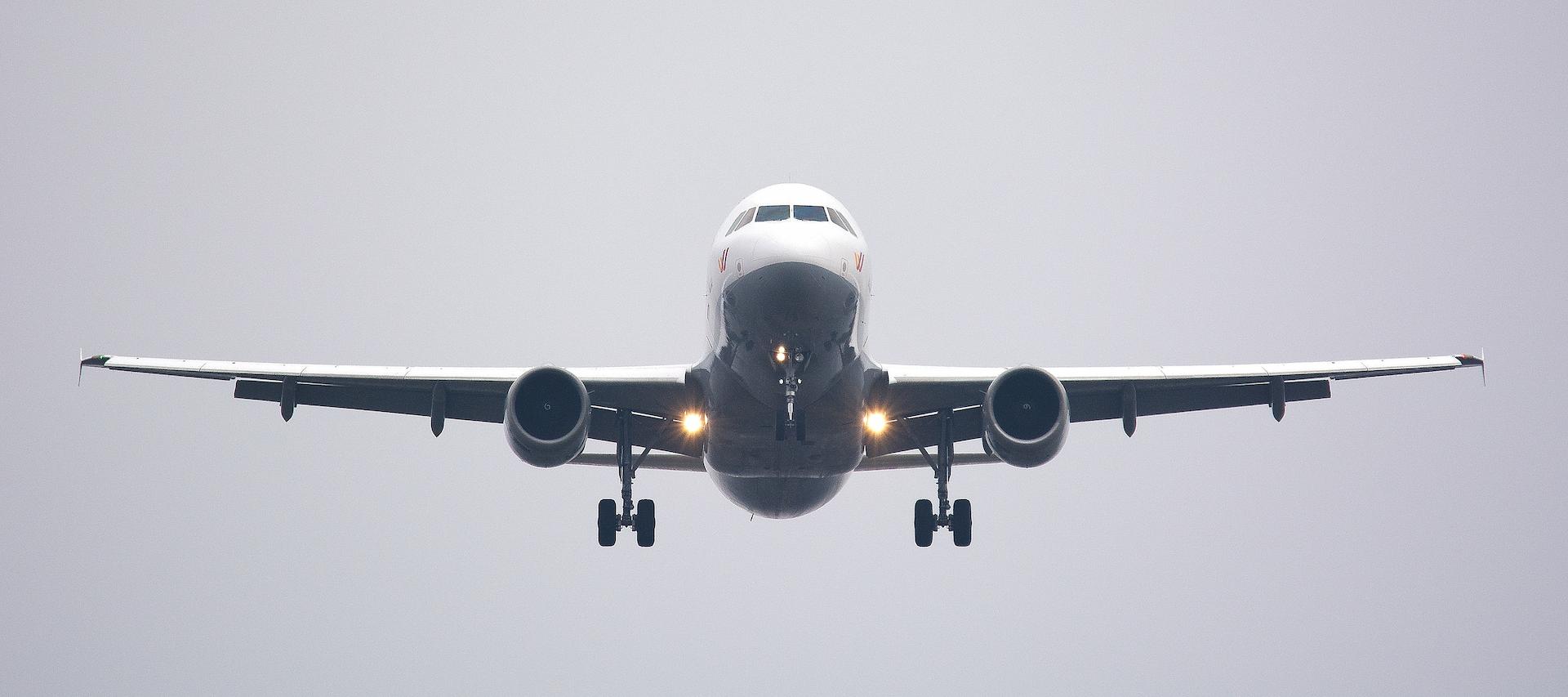HCAA is following the strategic priorities for General Aviation as they captured in EASA GA Roadmap. This is the second phase of the GA Roadmap, which has the goal of growing the GA community and aiming for safer and cheaper GA.
There have been a number of key achievements already in the GA Roadmap:
• Making life easier for training of GA pilots
• Specific rules for the operation of balloons and sailplanes have been simplified and issued
• Adoption of CS-STAN to simplify the approach to changes and repairs for GA aircraft
• Simpler rules for the operation of non-commercial aircraft
• EASA Basic Regulation adopted to provide a new level of flexibility in rulemaking
• Launch of Sunny Swift to support a new approach to Safety Promotion for GA

Unmanned Aircraft Systems – Drones

EU Regulations 2019/947 and 2019/945 set out the framework for the safe operation of civil drones in the European skies. They adopt a risk-based approach, and as such, do not distinguish between leisure or commercial civil drone activities. What they consider is the weight and the specifications of the civil drone and the operation it is intended to conduct. Regulation (EU) 2019/947, which is applicable since 31 December 2020 in all EU Member States, caters for most types of civil drone operations and their levels of risk. It defines three categories of civil drone operations: the ‘open’, the ‘specific’ and the ‘certified’ category.
The ‘open’ category addresses the lower-risk civil drone operations in , where safety is ensured provided the civil drone operator complies with the relevant requirements for its intended operation. This category is subdivided into three subcategories, namely A1, A2 and A3. Operational risks in the ‘open’ category are considered low and, therefore, no operational authorization is required before starting a flight.
The ‘specific’ category covers riskier civil drone operations, where safety is ensured by the drone operator by obtaining an operational authorization from the national competent authority before starting the operation. To obtain the operational authorization, the drone operator is required to conduct a risk assessment, which will determine the requirements necessary for the safe operation of the civil drone(s).
In the ‘certified’ category, the safety risk is considerably high; therefore, the certification of the drone operator and its drone, as well as the licensing of the remote pilot(s), is always required to ensure safety.






